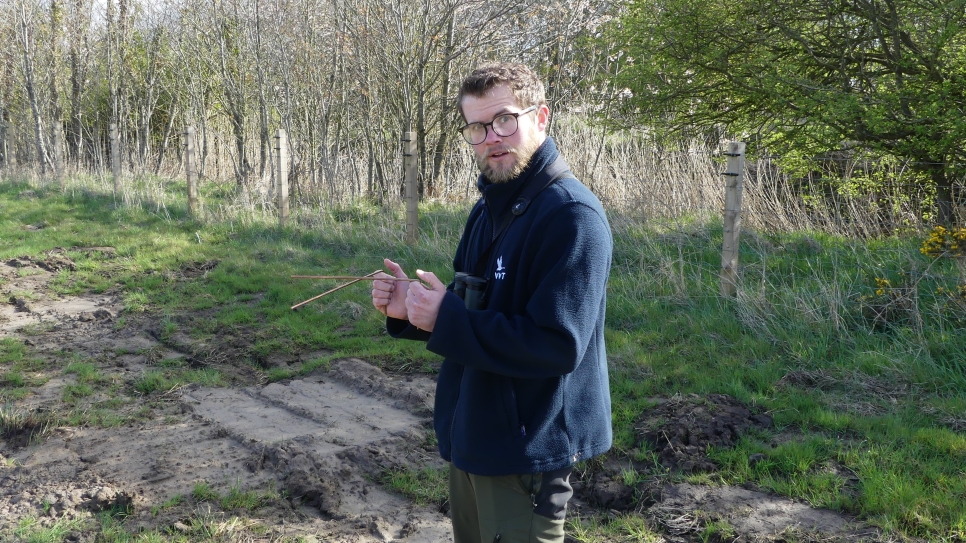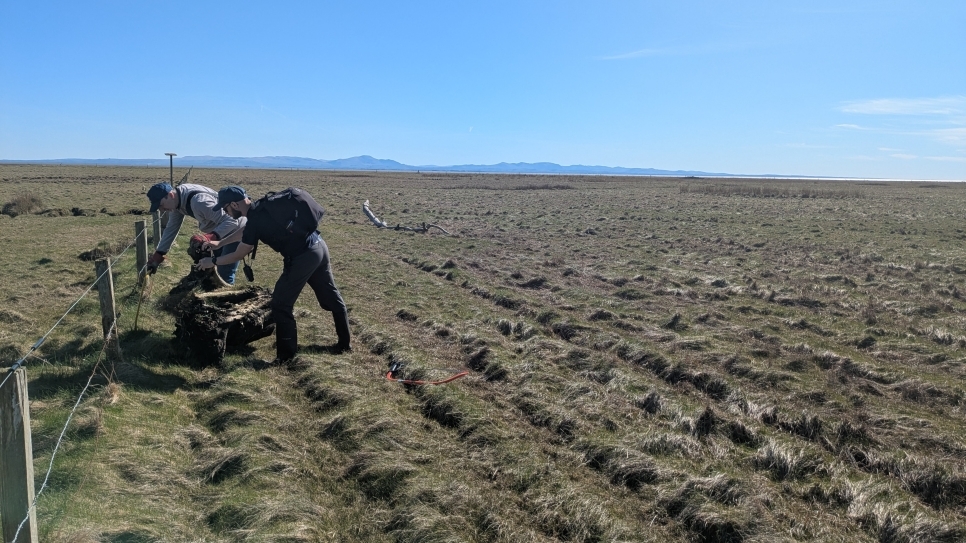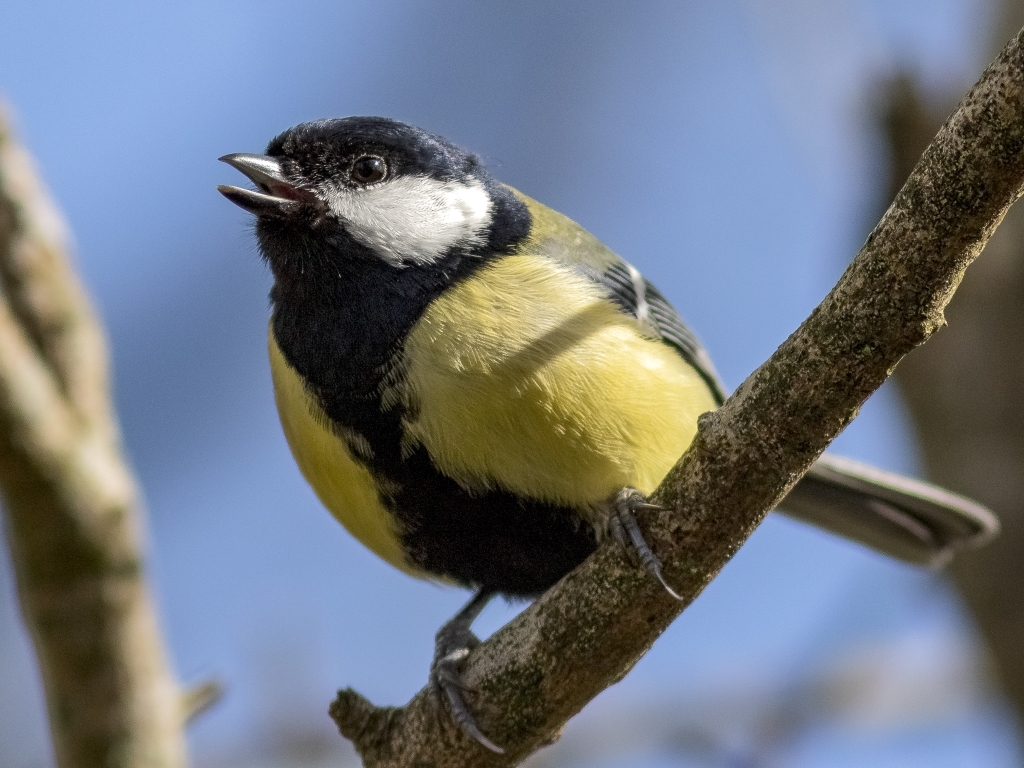Species spotlight: primrose
Primroses have been popping up all around the reserve and their cheery yellow flowers have added some much-needed colour to our paths. The arrival of these flowers usually indicated that spring is on the way but during particularly mild winters they have been seen to appear as early as December. They provide nectar for many early pollinators like the brimstone and tortoiseshell butterfly and they are the main foodplant for the Duke of Burgundy butterfly caterpillar, a rare and protected species in the UK.
Before their flowers have bloomed you can easily ID a primrose plant from its rosette of deeply veined dark green leaves. Despite not being part of the rose family, the name ‘primrose’ is derived from the Latin ‘prima rosa’, which means first rose of the year. You can find primroses in a variety of habitats like parks, farmland and grassland but they tend to favour woodlands especially damp shady spots like underneath hedgerows or in wet woodland. Here at Caerlaverock you’ll find the large swathes of them under the trees that line the avenue.
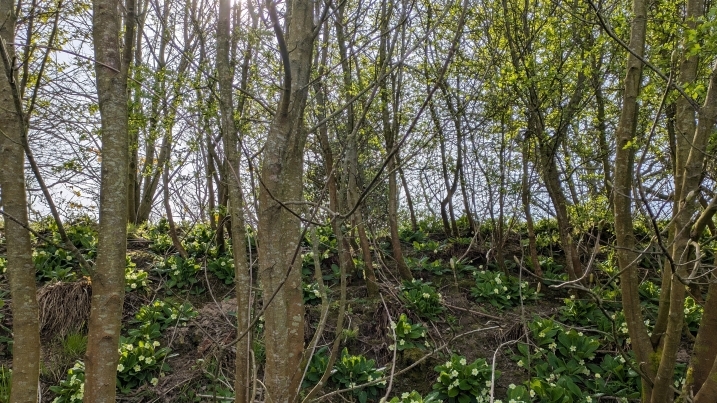
Swathes of primroses under trees along the Avenue
In Irish folklore the primrose is considered a symbol or protection and safety. In the past people would place the flowers on their doorsteps to encourage fairies to bless their homes. In Shakespeare’s writing the primrose was often used as a symbol of premature death, particularly that of sickly young women.
If you fancy adding making your dinner look more whimsical, the flowers and leaves of the primula vulgaris plant are edible. However, it’s probably best to leave them for the butterflies and the fairies.
Other important and native species of primula’s we have in the UK:
- Scottish primrose, Primula scotia - a rare wild species found only cliff-tops and wild areas of Caithness, Sutherland, and Orkney.
- Cowslip, Primula veris - an early spring flower and cousin of the primrose. It was once a common plant in hedgerows, ancient woodlands, and traditional hay meadows but with the advent of intensive farming the numbers of this bright yellow bell-shaped flower have significantly decreased.
- Oxlip, Primula elatior - A plant with a very similar flower head to cowslip, however, they are a much paler shade of yellow and the flowers open out more like the common primrose. It is also much rarer than cowslip and can only be found in some areas of East Anglia.
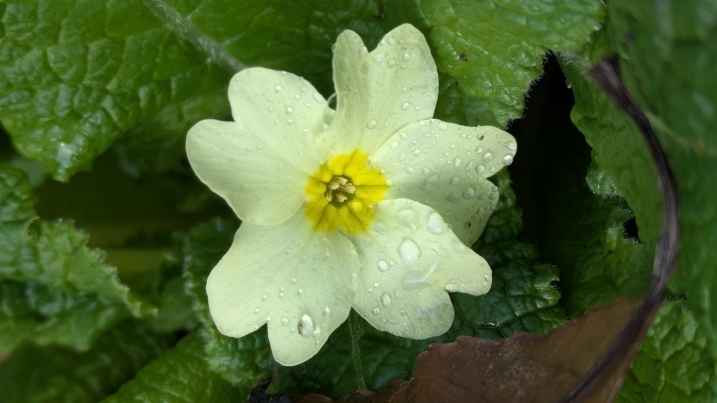
close up of a primrose
Words and pictures by Annabelle Gurney
